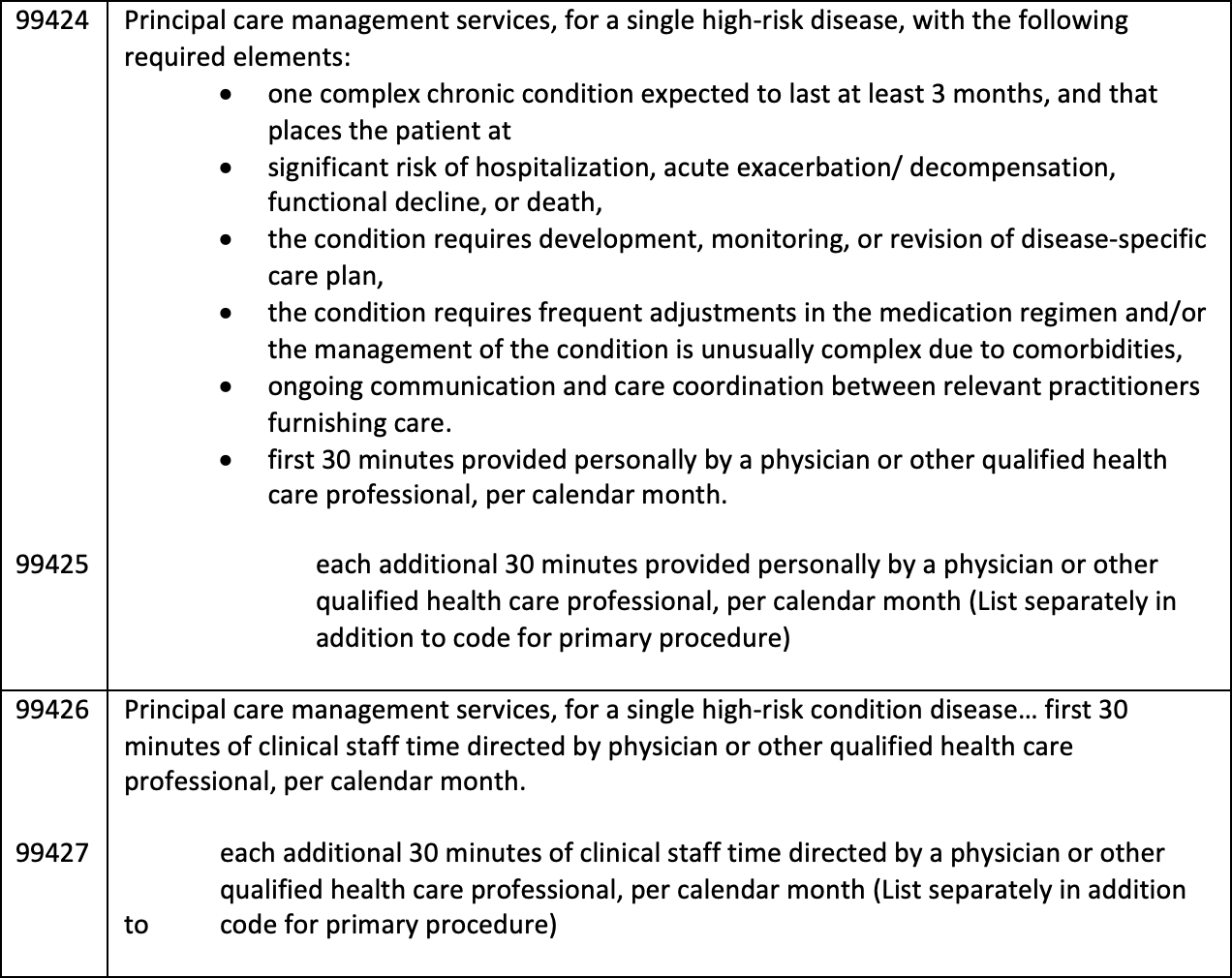Article
Top administrative challenges of 2023: Care management coding
Author(s):
The no. 4 administrative challenge physician practices are facing in 2023.

Editor's Note: Every year, Medical Economics® asks our physician readers what challenges they are facing in their practices. And every year, we get the same answer as the top challenge: administrative burdens. For our first issue of 2023, we decided to take a stab at fleshing out what some of those administrative burdens are and what physicians can do about them in their practice. We focused on five administrative burdens that our readers commonly tell us are major issues.
Providing care management services, including chronic care management (CCM) and principal care management (PCM), is not easy.
The first overarching challenge is that not enough patients actually participate in care management with a primary care physician. In fact, A recent report from the Primary Care Collaborative and the American Academy of Family Physicians’ Robert Graham Center found that more Americans lack a consistent source of health care — most often primary care — despite the COVID-19 pandemic.
“The volume of people with chronic disease — and particularly more than one — is growing fast,” says Tom Ferry, president and CEO of Engooden Health, a CCM services provider. “So is the number of people aging into Medicare. One in 4 American adults and 66% of Medicare beneficiaries now have multiple chronic conditions. And the Medicare population increases by 1.5 million people annually.
“At the same time, fewer primary care providers are available to take care of this growing population, an issue compounded by more clinicians leaving the field. These factors have created a situation that’s overwhelming the health care system.”
The second challenge, germane to the administrative burdens facing medical practices, is that managing care plans involves a good deal of coding and documentation so that physicians and their practices can get compensated for the time they spend on them. New codes, introduced in 2022, can benefit both physicians and patients but require understanding to make sure they are used correctly.
What follows is a brief explainer on using CCM and PCM codes correctly.
PCM services. New Current Procedural Terminology (CPT) codes were added in early 2022 to describe PCM services. These codes are similar to CCM service codes in that the work involves the establishment, implementation, revision and monitoring of a care plan for a patient. However, PCM focuses on a single condition rather than two or more.
CPT code 99424 describes the first 30 minutes of a PCM service per calendar month provided by a physician or qualified health care professional. To capture each additional 30 minutes of service in addition to 99424, CPT code 99425 would be reported. CPT codes 99426 and 99427 also describe PCM services, but these are for clinical staff time directed by a physician or qualified health care professional.
Medicare now accepts CPT codes 99424, 99425, 99426 and 99427 and discontinued Healthcare Common Procedure Coding System codes G2064 and G2065.
Here’s a detailed explanation for the codes:

CCM services. Reminder: CCM involves monitoring two or more chronic conditions. A new CPT code was created in early 2022 to describe each additional 30 minutes of a CCM service performed by a physician or qualified health care professional. CPT code 99437 may be reported in addition to CPT code 99491.
What follows is a detailed explanation for the codes:






